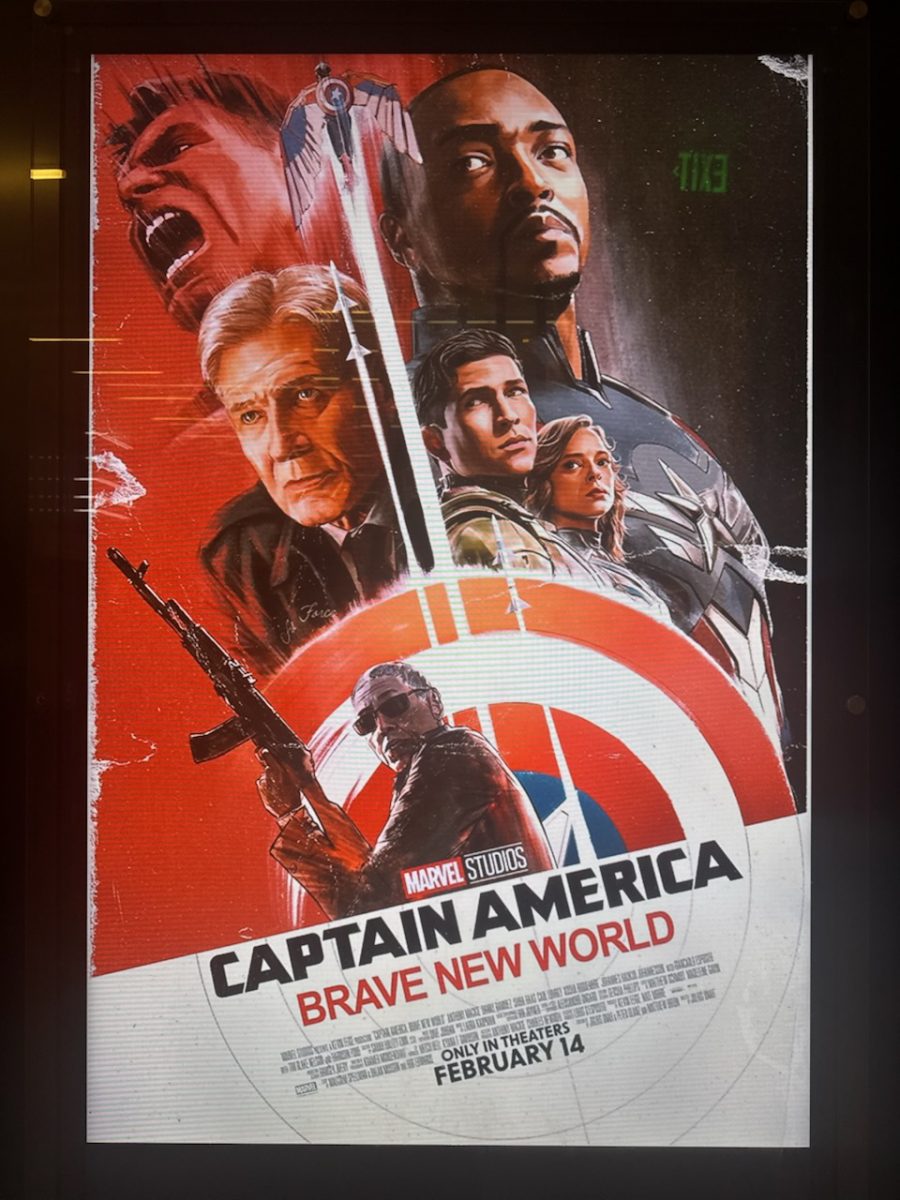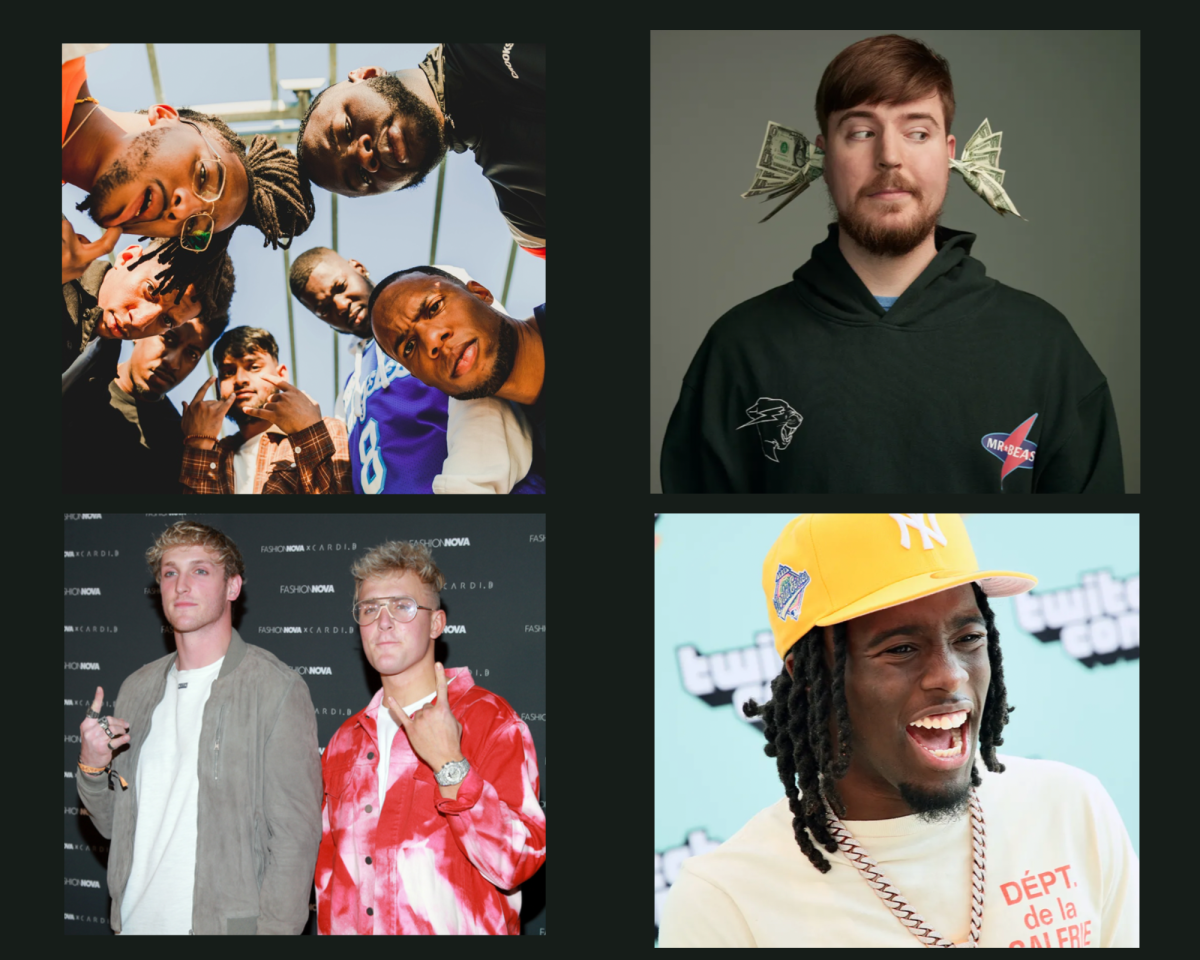In the last 20 years, the way one consumes music has changed dramatically. The iPod and music streaming services have exponentially lowered the price of listening to music on demand. Additionally, the internet has made the world smaller and more accessible. Fans can see what their favorite musician is wearing today on Instagram, what they’re thinking on Twitter and their interviews on YouTube.
This culture compression has led to a greater prevalence of the fandom, something that’s been around for most of modern American music. The type of people who cheered at their shows so loud that the Beatles had to stop performing live are the same type of people who have a relevant gif of their favorite K-pop boy to post under any given tweet. The only difference is that now these people can live that every day, not just when the Beatles come through town.
The musician’s identity used to be first and foremost presented through their music. The internet, the most accessible marketing tool one could ask for, has changed that. As a result, the most famous musicians in the country aren’t just famous for their music. They’re personalities, they’re characters. The musical output of an artist is still a key element of their success, but consistency is no longer necessary. Today, after a musician has achieved fame, the music has a tendency to take a backseat to their personality and antics.
Some of the top artists in the country are changing their sounds entirely or making musical choices different than anybody else in the industry. Justin Timberlake, Miley Cyrus, Maroon 5, Taylor Swift and Post Malone all have sounds quite different from what first made them famous, but are mostly as popular as they ever were. This isn’t to say that musicians shouldn’t be allowed to grow or evolve across their careers, but in the worst cases it feels like pandering or an attempt to sustain fame.
A difference between Swift and most cases is that she doesn’t really cultivate her public persona with tweets and interviews, but with her music. She is a strong songwriter and is not at all afraid to write from experience, and fans wait eagerly for her to musically address all the drama and breakups that happened since the last album.
While the subject matter of her albums has remained conceptually similar from the beginning, the accompanying music has changed. Swift’s latest album “Lover” is unrecognizable compared to her self-titled debut, but she has sustained one of the largest and most committed fan bases in the industry. Her first three albums were full-blown country records and after her transition album “Red,” Swift left her country roots behind to focus on pop.
There is not typically this much overlap between pop and country fans, especially not fans this impassioned. Yet, every album after her debut has hit No. 1 on the Billboard 200 album chart. Additionally, her first full-blown pop album “1989” was the best-selling album of 2014, according to Billboard. Her latest album, “Lover,” became the best-selling album of 2019 just two days after release, according to Billboard.
In a streaming-focused music culture, having a high-selling album indicates that the artist has a dedicated fan base that is willing to spend $13 on a CD or $20-30 on vinyl to support the artist when they could just stream the music.
Swift’s listeners probably grew after the move to pop, and her pre-existing diehard fans stuck around despite the genre change, faithful to her independent and perseverant story.
On July 19, 2015, Post Malone posted the music video for his breakout hit “White Iverson” on YouTube. In the video, he’s adorned with dreadlocks and is squatting in the dust as a Rolls Royce does donuts in the background. Malone raps about how he’s “swaggin’” and “saucin’” on us, filling his rhymes with basketball references. The calling-cards of Malone are present in “White Iverson.” He half-sings the chorus and his unique but everyman voice drives the charm of the song.
From early on in his success, Malone has engaged heavily with the internet. He’s active on Twitter and is pretty open to the novelty interview portion of the internet, happy to show off his cars or explain his tattoos, talk about his early experiences with “Guitar Hero” and answer questions while eating hot wings. He has also befriended Jimmy Fallon and some YouTubers, engaging in antics with all of them.
Four years, two albums and several face tattoos later, Post Malone released “Hollywood’s Bleeding” on Sept. 6. It has the same core identity as “White Iverson” Malone, but the sound has changed. The whole album is more pop-accessible. Malone has come to show depth as a songwriter and is willing to sing more than just self-flattery (though there’s still plenty of that).
The general public has decided it’s fine with Malone not having one distinct sound. The two most successful singles off “Hollywood’s Bleeding” are completely different. “Sunflower” is a bright, heartfelt song heavily featured in the animated film “Spider-Man: Into the Spider-Verse,” and “Wow.” is a party rap song.
There are also a number of songs that are entirely different from Malone’s original sound. “Allergic” is basically a pop punk song and “Circles” sounds more like an indie rock track than something that would hit number four on the Billboard Hot 100. “Take What You Want” has a hook sung by Ozzy Osbourne and a verse by Travis Scott, and sounds like the future of rock, fit with a beat drop under a guitar solo.
Malone, after proving his musical ability and lovable goof personality, has been given free reign by listeners to make whatever sort of music he wants, and they will listen.
Of course, the musical output of an artist is still important, but the equation for stardom has changed in the last several years. To be in the most popular and successful echelon of modern musicians, one needs to have not only musical ability, but an identity for listeners to latch on to.














